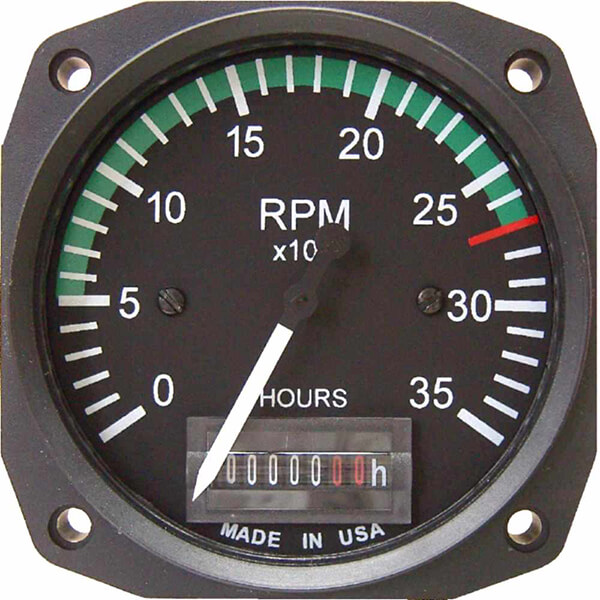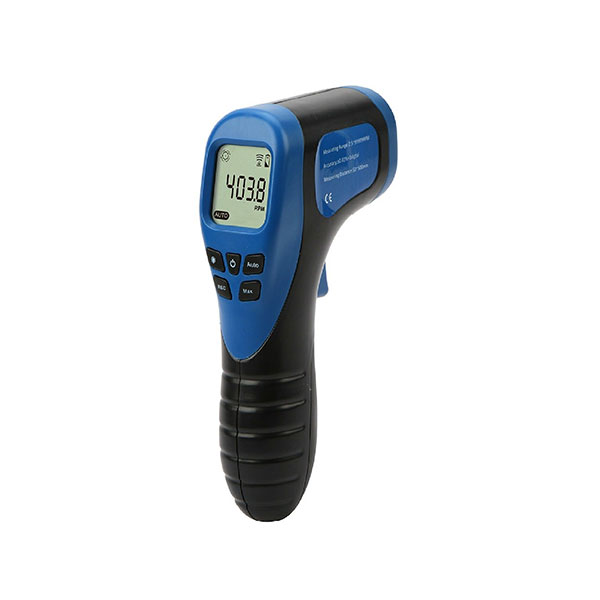Tachometer Buying Overview: Features to Seek and Finest Brands
Tachometer Buying Overview: Features to Seek and Finest Brands
Blog Article
The Importance of a Tachometer in Keeping Track Of Engine Rate and Performance in Automotive Applications
In the world of auto design, the tachometer stands as an essential instrument in the chauffeur's toolbox, offering a straight window right into the internal functions of a vehicle's engine. Past its feature as a plain gauge of transformations per min (RPM), the tachometer serves as an important device for fanatics and experts alike, supplying real-time insights right into engine efficiency and wellness.
Value of Keeping Track Of Engine RPM
Keeping an eye on engine RPM, or revolutions per minute, is a critical element of vehicle upkeep and efficiency assessment. Engine RPM directly associates with the speed at which the engine's crankshaft rotates, showing how quickly the engine is running.
Moreover, keeping an eye on engine RPM is crucial for efficiency examination in racing and high-performance cars. Keeping optimal RPM degrees is important for attaining peak power output and velocity. Racers typically use tachometers to guarantee they are operating within the optimal RPM range for maximum efficiency. In recap, checking engine RPM is not only essential for discovering concerns but additionally for maximizing engine performance in various automotive applications.

Advantages of Real-Time Information
In vehicle applications, real-time data plays a crucial function in giving instant understandings right into the performance and problem of the automobile. By continually keeping an eye on various parameters such as engine rate, temperature level, fuel intake, and more, real-time data uses countless benefits that add to boosted efficiency and security on the roadway.
Additionally, real-time data facilitates performance optimization by supplying instant responses on driving routines and engine performance. Vehicle drivers can readjust their actions in real-time based on this information to attain far better fuel economic climate and prolong the life expectancy of their lorry.

Additionally, real-time information plays a vital function in modern-day automobile diagnostics, enabling technicians to rapidly identify and attend to malfunctions. This results in reduced downtime, reduced maintenance expenses, and inevitably, enhanced total car reliability and longevity (tachometer). By using the power of real-time information, automobile stakeholders can make educated choices that positively impact both the efficiency and longevity of the lorry
Effect On Gear Shifts
The tachometer plays an important duty in optimizing gear changes by giving real-time engine speed data to the vehicle driver. When approaching the redline on the tachometer, it signifies the motorist to upshift to avoid over-revving the engine and causing potential damages.
Moreover, the tachometer aids in accomplishing smoother equipment transitions, especially in manual transmissions. By monitoring engine rate, drivers can carry out gear changes at the ideal RPM variety, decreasing jerking motions and reducing wear on the transmission components. This accuracy in gear adjustments not just boosts driving convenience yet also adds to sustain effectiveness.
Enhancing Fuel Performance
Given the critical duty the tachometer plays in enhancing equipment shifts for performance and engine health, it straight contributes to optimizing fuel performance in vehicle applications. By providing real-time feedback on engine speed, the tachometer aids vehicle drivers in maintaining go to my blog the most effective RPM range for gas economic situation. When chauffeurs constantly check the tachometer and readjust their motoring practices accordingly, they can prevent unneeded gas usage triggered by over-revving or hauling the engine.
In addition, the tachometer assists drivers recognize the most fuel-efficient equipment to be in at any kind of provided moment, protecting against the engine from working more difficult than needed. This is specifically vital throughout acceleration and cruising, where being in the ideal gear can substantially impact gas efficiency. In addition, the tachometer can inform chauffeurs to prospective mechanical issues that could be negatively affecting fuel economic situation, such as a slipping clutch or a blocked air filter. To conclude, the tachometer functions as a beneficial tool in enhancing use this link gas performance by promoting optimum driving routines and recognizing locations for improvement in the car's performance.

Making The Most Of Engine Long Life
The tachometer's duty in keeping track of engine rate and efficiency contributes in making certain the durability of auto engines. By making use of the tachometer efficiently, chauffeurs can maximize engine long life through conscious RPM management. Constantly revving an engine too expensive can bring about extreme damage on critical parts, such as the pistons, valves, and bearings. Gradually, this can lead to lowered engine performance and possible breakdowns. Keeping track of the tachometer enables motorists to remain within the advised RPM variety for their vehicle, avoiding unneeded strain on the engine and extending its lifespan.

Conclusion
Finally, the tachometer plays an essential role in monitoring engine speed and efficiency in automotive applications. By offering real-time information on RPM, it enables reliable equipment changes, enhanced fuel efficiency, and optimized engine long visit the site life. This device is important for keeping optimal engine performance and ensuring the general capability of a vehicle.
Report this page